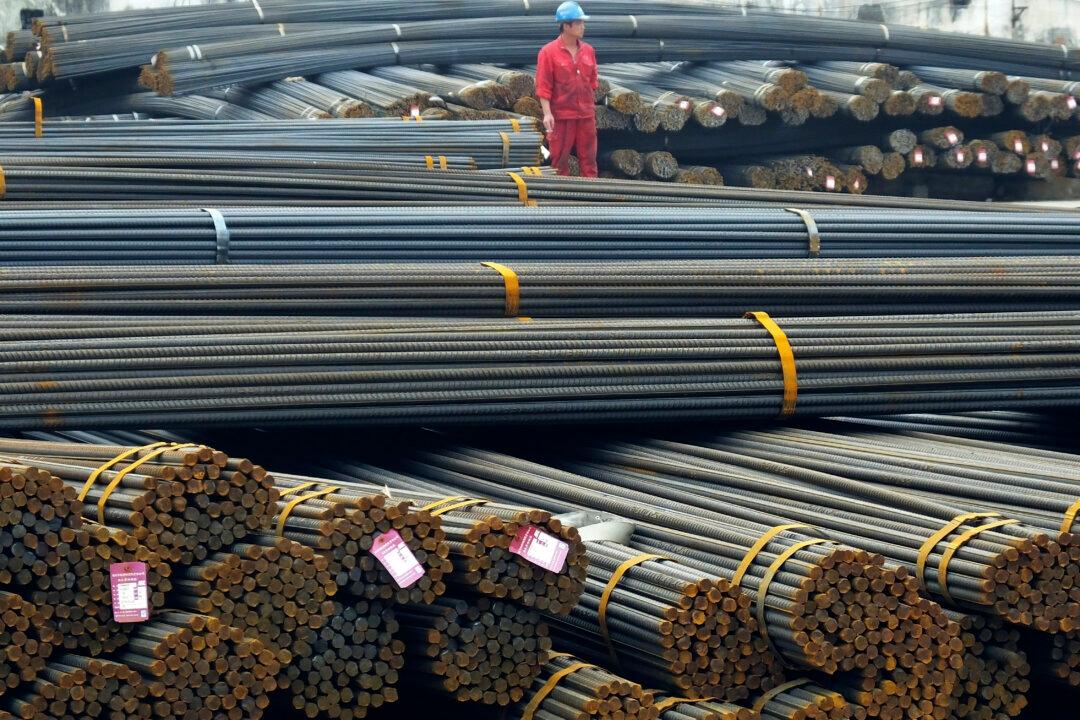At the G-20 summit in Hangzhou, China, President Barack Obama and Chairman Xi Jinping announced their joint ratification of the Paris Agreement at the 2015 U.N. Climate Change Conference.
With the United States and China on board, 26 countries have now ratified, but the United States and China represent respectively 18 percent and 20 percent of global carbon dioxide emissions—the main cause of global warning.
The final communiqué of the summit was probably also well-received across the world. It calls for fighting tax evasion, boosting international trade and investment, more fiscal stimulus and innovation to boost economic growth, opposing “populist attacks” on globalization, and strengthening support for refugees.
The event was the G-20’s 11th meeting and first to be hosted in China. President Barack Obama on arrival was deliberately snubbed by having neither stairs nor red carpet for him to exit by the front door of Air Force One. Compelling him to leave by an auxiliary exit below, Chinese officials then attempted to keep his news corps from observing what was underway. Obama later prudently brushed it off.
More than 200 steel mills in Hangzhou were asked to suspend production during the summit to reduce air pollution temporarily. Many across the world were thus reminded that their own industries have been outsourced to China because its government engages in a host of environmental and other violations of international trade laws.
American academics Greg Autry and Peter Navarro estimate that the United States alone has lost in recent decades about 54,000 factories and 24 million manufacturing jobs mostly to China. (In the early 2000s, 32 U.S. steel companies were in bankruptcy because of unfair competition primarily from China.)
The two business professors say all nations should initiate policies to create fair trade, including defining currency manipulation as an illegal export subsidy and adding it to other subsidies when calculating anti-dumping penalties, and adopting and enforcing environmental, health, and safety regulations consistent with international norms.





